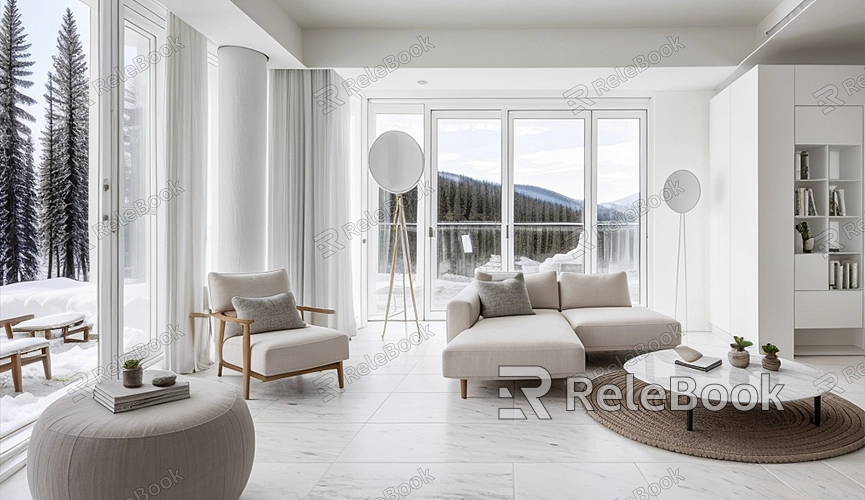How Long Does It Take Blender to Render?
Blender is a powerful open-source 3D modeling and rendering software widely used in animation, gaming, and filmmaking. Whether you're a beginner or a professional user, understanding the time required for rendering in Blender is crucial. This article explores various factors influencing Blender rendering times and shares practical tips for optimizing rendering efficiency.
Factors Affecting Blender Rendering Time
1. Scene Complexity:
- Polygon Count: The more polygons in a model, the longer the rendering time. Complex models require more computational resources.
- Materials and Textures: High-resolution textures and complex materials increase rendering time. Using simplified materials and optimized textures can shorten rendering times.

2. Lighting Setup:
- Number of Light Sources: The quantity of light sources directly impacts rendering time. More lights require more computation, especially global illumination and indirect lighting.
- Lighting Models: Complex lighting models like Path Tracing increase rendering time, while simpler models like Diffuse Shading render faster.
3. Rendering Settings:
- Resolution: Higher output resolutions result in longer rendering times. High resolutions demand more computational resources to generate detailed images.
- Sampling: The number of samples determines image quality and noise levels. Higher sample counts reduce noise but significantly increase rendering time.
4. Hardware Configuration:
- CPU and GPU: Rendering heavily relies on the performance of CPUs and GPUs. High-performance CPUs and GPUs can significantly reduce rendering times.
- Memory: Sufficient RAM enhances rendering efficiency and prevents memory-related issues during rendering.
5. Rendering Engines:
- Blender offers multiple rendering engines such as Eevee and Cycles. Eevee is a real-time engine, faster but with lower quality; Cycles is a path tracing engine, slower but with higher quality.
Optimizing Blender Rendering Time Techniques
1. Simplify Scenes:
- Remove unnecessary details and objects to streamline scene complexity.
- Use proxy models to substitute high-detail models in complex scenes.
2. Optimize Materials and Textures:
- Utilize optimized textures and avoid excessively high-resolution textures.
- Simplify material node trees to reduce complex shader computations.
3. Optimize Lighting:
- Reduce the number of light sources in the scene; use global illumination instead of multiple lights.
- Optimize lighting setups to reduce the use of complex lighting models.
4. Adjust Rendering Settings:
- Lower rendering resolution, especially during testing phases.
- Reduce sampling rates while maintaining acceptable image quality to cut down rendering time.
5. Upgrade Hardware:
- Upgrade to high-performance CPUs and GPUs to enhance rendering speed.
- Increase RAM capacity to ensure sufficient resources for rendering processes.
Practical Rendering Time Examples
Actual rendering times vary depending on the project. Here are examples across different scenarios:
1. Simple Scene: A basic geometric scene using the Eevee engine, 1920x1080 resolution, 32 samples, rendering may take from seconds to tens of seconds.
2. Moderate Complexity Scene: An indoor scene with multiple objects and light sources using the Cycles engine, 1920x1080 resolution, 128 samples, rendering may take from several minutes to around ten minutes.
3. Complex Scene: A highly detailed outdoor or animated scene with numerous models and high-resolution textures using the Cycles engine, 4K resolution, 512 samples, rendering may take several hours or longer.
In summary, Blender rendering times are influenced by multiple factors that require project-specific optimizations. For those needing high-quality 3D textures, HDRI, or downloadable 3D models, platforms like Relebook offer convenient resources for direct integration into projects, significantly enhancing workflow efficiency and producing higher-quality results.

